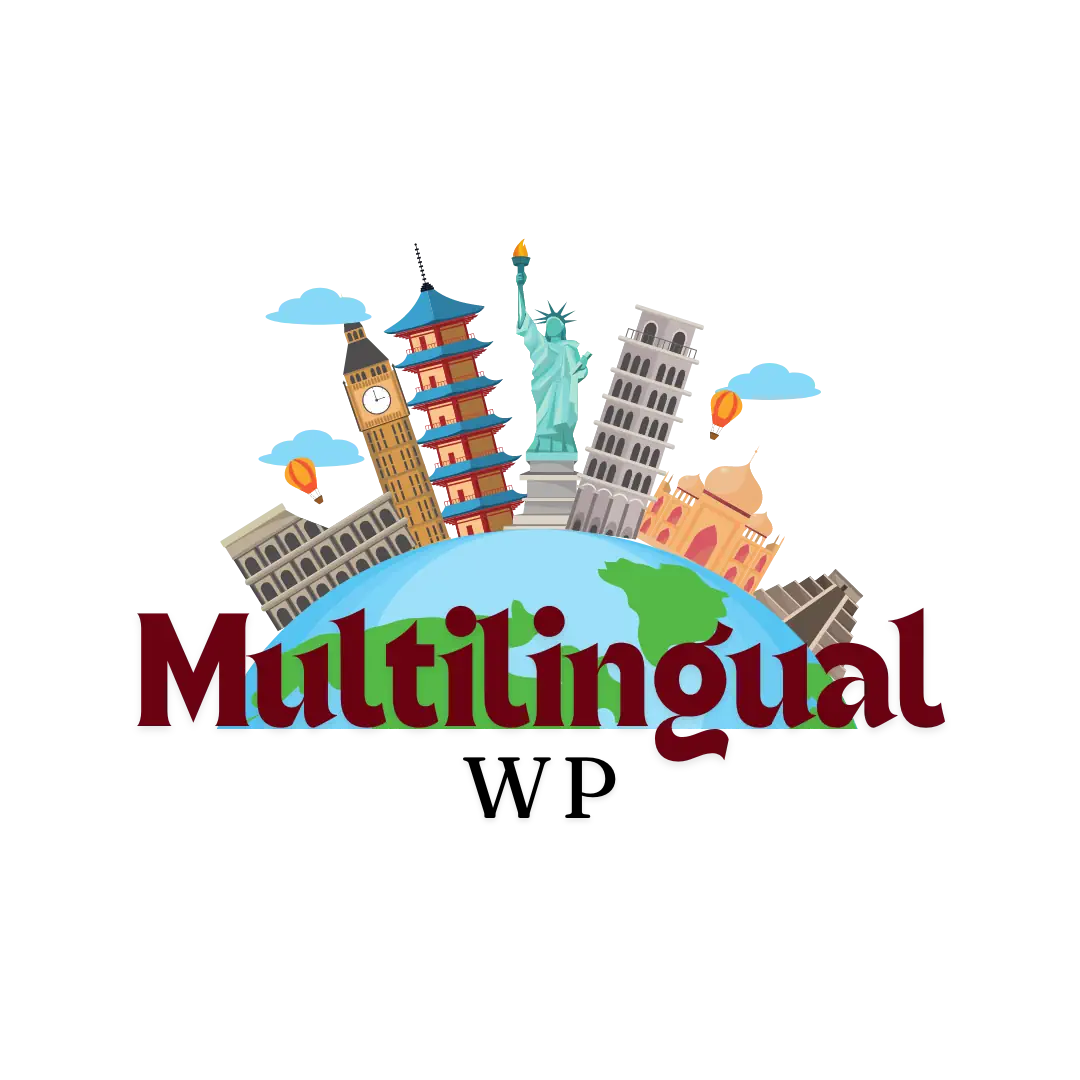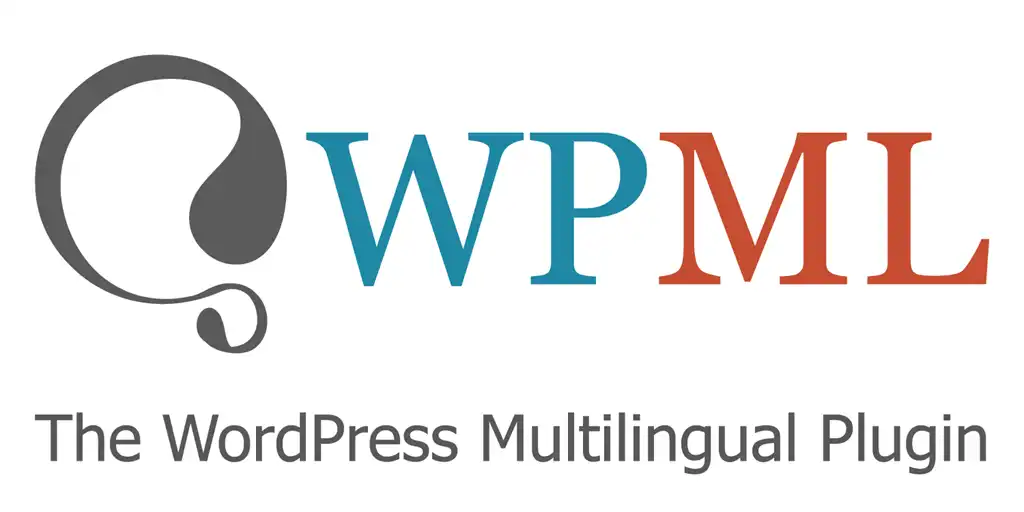What is WPML and how does it compare to Polylang?
Introduction to WPML and Polylang
When it comes to creating a multilingual website using WordPress, two popular plugins stand out: WPML and Polylang. WPML, short for WordPress Multilingual, and Polylang are both powerful translation tools that enable website owners to manage content in multiple languages effortlessly. Considering Polylang vs WPML can help in choosing the right wordpress translation plugin.
Differences in Features between WPML and Polylang
WPML offers a range of advanced features like string translation, translation management, and multilingual CMS capabilities. Checking out Polylang Pro can also be beneficial for advanced needs. On the other hand, Polylang provides a user-friendly interface and a free version for basic translation needs, making it a preferred choice for many WordPress users.
Pros and Cons of WPML and Polylang
While WPML is feature-rich and ensures compatibility with various WordPress themes and plugins, it is a paid plugin which might not be suitable for all budgets. Polylang, with its free version and easy setup process, lacks some advanced features but serves well for simple multilingual websites.
Polylang vs WPML Comparison
1. Ease of Use
| Feature | WPML | Polylang |
|---|---|---|
| Ease of Use | User-friendly interface but can be complex due to many features | Simple and easy-to-use interface |
| Setup | Setup wizard for step-by-step configuration | Quick and straightforward setup |
| Translation Management | Comprehensive dashboard, integration with professional translation services | Manual translation within WordPress editor |
| String Translation | Allows translation of theme and plugin texts from the admin | Available but less integrated compared to WPML |
| Translation Services | Direct integration with professional services | No built-in integration, requires third-party plugins |
| Compatibility | Highly compatible with most themes and plugins | Good compatibility, requires add-ons for WooCommerce |
| Integrations | Extensive third-party integrations | Fewer integrations, requires add-ons for advanced features |
| Multilingual SEO | Integrated SEO features | Basic SEO support, can use third-party SEO plugins |
| Performance | Efficient but can be resource-intensive | Lightweight and generally faster |
| Support | 24/7 support, large active community | Community support for free users, direct support for Pro users |
| Documentation | Extensive documentation and tutorials | Comprehensive documentation |
| Pricing | Higher cost, annual renewals, lifetime plans available | Free version, affordable Pro version, additional costs for add-ons |
| Suitable For | Larger websites, complex multilingual needs | Smaller websites, personal blogs, simpler multilingual needs |
WPML
Pros:
- User-Friendly Interface: WPML offers a straightforward interface that is easy for beginners to navigate.
- Comprehensive Documentation: Extensive documentation and tutorials are available, which can help users get started quickly.
- Setup Wizard: The setup wizard helps you configure your multilingual site step-by-step.
Cons:
- Learning Curve: While the interface is user-friendly, the multitude of features can be overwhelming for beginners.
- Complexity: Due to its wide range of options, some users may find it more complex than necessary for smaller sites.
Polylang
Pros:
- Simple Interface: Polylang is known for its simplicity and ease of use, making it accessible even for beginners.
- Quick Setup: The setup process is quick and straightforward, allowing users to start translating content without much hassle.
Cons:
- Less Guidance: While it’s simple to use, Polylang offers less guidance and fewer tutorials compared to WPML.
- Manual Setup: Some aspects of the setup process may require manual configuration, which can be challenging for novice users.
2. WPML vs Polylang Translation Management
WPML
Pros:
- Translation Dashboard: WPML features a translation management dashboard where you can easily manage translations and assign tasks to translators.
- Translation Services Integration: Integrates with professional translation services for high-quality translations.
- String Translation: Allows translation of theme and plugin texts directly from the WordPress admin.
Cons:
- Resource Intensive: The comprehensive translation management system can be resource-intensive, potentially slowing down your website.
- Complexity: Managing translations can become complex for large sites with many languages.
Polylang
Pros:
- Manual Translation: Allows you to manually translate content directly within the WordPress editor.
- Simple Translation Workflow: The workflow is simple and easy to manage, ideal for smaller sites or those with less complex translation needs.
Cons:
- Limited Automation: Lacks advanced translation management features and automation compared to WPML.
- No Built-in Translation Services: Polylang does not offer direct integration with professional translation services, requiring manual translation or third-party wordpress plugins.
3. Compatibility and Integrations
WPML
Pros:
- Wide Compatibility: Highly compatible with most WordPress themes and plugins, including popular ones like WooCommerce.
- Third-Party Integrations: Supports numerous third-party integrations, enhancing its functionality.
- Multilingual SEO: Integrated SEO features help optimize your multilingual site for search engines.
Cons:
- Potential Conflicts: Despite its wide compatibility, some themes or plugins may still cause conflicts.
- Requires Updates: Frequent updates are needed to maintain compatibility, which can be cumbersome.
Polylang
Pros:
- Good Compatibility: Generally compatible with most WordPress themes and plugins.
- ACF Compatibility: Works well with Advanced Custom Fields (ACF), making it a good choice for custom-built sites.
- Free and Pro Versions: Offers a free version with essential features, while the Pro version adds more advanced functionalities.
Cons:
- Limited Integrations: Fewer integrations compared to WPML, which can limit its use for complex sites.
- WooCommerce Compatibility: Requires a separate paid add-on (Polylang for WooCommerce) for full compatibility with WooCommerce.
4. Performance and Speed
WPML
Pros:
- Efficient Code: Designed to be efficient and not overly impact site speed.
- Caching Support: Works well with most caching plugins to enhance performance.
Cons:
- Heavy: Can be resource-intensive, potentially affecting the performance of smaller or less optimized sites.
Polylang
Pros:
- Lightweight: Generally lightweight and less resource-intensive compared to WPML.
- Faster Performance: Often results in faster performance, especially on smaller sites.
Cons:
- Optimization Needed: May require additional optimization for large sites with many translations.
5. Support and Community
WPML
Pros:
- 24/7 Support: Offers 24/7 support for all users, ensuring help is available whenever needed.
- Active Community: A large user base and active community forums where users can share tips and solutions.
Cons:
- Response Times: Some users report longer response times during peak periods.
Polylang
Pros:
- Community Support: Active community forums and support available for both free and Pro users.
- Documentation: Comprehensive documentation is available for troubleshooting and learning.
Cons:
- Limited Free Support: Free version users have access to community support only, with direct support available for Pro users.
6. WPML vs Polylang Pricing
| Feature | WPML | Polylang |
|---|---|---|
| Initial Cost | Starts at €39 for Multilingual Blog | Free (Basic Version Available) |
| €99 for Multilingual CMS | Pro Version: Starts at €99 (approx. $110) | |
| Renewal Cost | Annual renewal required | Pro Version: Annual renewal required |
| Lifetime Option | Lifetime plans available | No lifetime option |
| Support Period | 1 year of support and updates included | 1 year of support and updates included |
| Support Type | Email support, forum access | Forum support (Pro version), community support for free version |
| Additional Features | Translation management, SEO features, compatibility with major plugins | More basic features in free version, enhanced features in Pro version |
7. Polylang vs WPML Language Switcher
| Feature | WPML | Polylang |
|---|---|---|
| Type of Language Switcher | Dropdown menu, flags, or language switcher widget | Dropdown menu, flags, or custom switcher widget |
| Customization Options | Allows customization of switcher appearance | Limited customization options for switcher |
| Location on Website | Can be placed in header, footer, or sidebar | Flexible placement options, typically header or footer |
| User Interface | Generally user-friendly with clear options | Simple interface with straightforward choices |
| Compatibility | Compatible with most WordPress themes and plugins | Generally compatible, may require adjustments for specific themes |
| Ease of Setup | Straightforward setup with options in WPML settings | Easy setup with intuitive configuration |
| Language Display Options | Can display language names, flags, or both | Supports display of language names and flags |
| Switcher Functionality | Supports switching between languages with ease | Allows quick switching between languages |
| Responsive Design | Designed to be responsive across devices | Responsive design for mobile and desktop |
| Multilingual SEO Support | Integrates with WPML’s SEO features | SEO-friendly switcher options |
| Performance | Generally does not impact site performance | Lightweight and does not significantly affect performance |
| Support and Updates | Supported through WPML’s regular updates | Updates and support through Polylang’s development |
Which plugin is better for multilingual translation on a WordPress site?
Optimal Situations for WPML Usage
WPML is ideal for complex multilingual projects that require extensive translation management and language customization. Websites with large amounts of content and specific translation requirements can benefit from WPML’s advanced features.
Benefits of Choosing Polylang for Multilingual Sites
Polylang, on the other hand, is suitable for smaller websites or blogs that need basic translation functionality without the complexity of a paid multilingual wordpress plugin. Its free version caters to users looking for a simple and efficient way to translate their content, but for more advanced needs, Polylang Pro might be more suitable.
Key Factors to Consider before Selecting a Translation Plugin
When choosing between WPML and Polylang, factors such as budget, website complexity, and translation needs play a crucial role. Using WordPress translation plugins offers various options tailored to different requirements. Understanding the requirements of your multilingual project will help determine the most suitable plugin for your WordPress site. Comparing options like Polylang vs WPML can provide clearer insights.
How to effectively manage translations with WPML and Polylang?
Translation Management Tools in WPML and Polylang
WPML provides robust translation management tools that allow users to control language variations, track progress, and ensure translation accuracy. Polylang offers simpler translation management features suitable for smaller projects. However, for larger needs, considering Polylang Pro or comparing polylang vs wpml might be necessary when deciding on a multilingual wordpress plugin.
String Translation in WPML and Polylang
String translation, a key feature in both WPML and Polylang, enables users to translate strings such as site elements and dynamically generated content. Automatic translation features are also available in some WordPress translation plugins. WPML excels in more complex string translations, while Polylang focuses on simplicity and ease of use. Considering polylang vs wpml can help make an informed decision.
Comparison of Translation Workflows in WPML vs Polylang
The workflow in WPML involves a more structured and detailed approach to translation tasks, making it suitable for larger websites with multiple language requirements. In contrast, Polylang offers a streamlined workflow for quick and efficient translations on simpler sites.
Using WPML and Polylang for a Multilingual WordPress Website
Implementing WPML and Polylang on Your WordPress Site
Integrating WPML or Polylang into your WordPress site involves installing the plugin, configuring language settings, and translating content. Users can find these WordPress plugins directly from the WordPress dashboard. Both plugins offer detailed documentation and support to help users set up multilingual websites effectively.
Advantages of Having a Multilingual Site with WPML or Polylang
Having a multilingual website enhances user experience, expands the audience reach, and improves SEO performance. WordPress translation plugins such as WPML and Polylang can play a significant role in this. WPML and Polylang enable website owners to cater to a global audience and communicate effectively in multiple languages. Comparing polylang vs wpml can provide deeper insights into their unique advantages for creating a multilingual wordpress site.
Best Practices for Multilingual Website Management with WPML and Polylang
To manage a multilingual site successfully, it is essential to keep translations up to date, optimize language-specific content for SEO, and ensure a consistent user experience across all language versions. Regular maintenance and monitoring are key to running a successful multilingual website. Using the best WordPress translation plugins can simplify this process.
Are there any alternatives to WPML and Polylang for translating your WordPress site?
Exploring Other Multilingual Plugins as Alternatives to WPML and Polylang
While WPML and Polylang are popular choices for multilingual translation in WordPress, there are other multilingual plugin like Weglot, TranslatePress, and MultilingualPress that offer different features and functionalities. Exploring these alternatives can help users find the most suitable translation solution for their specific needs. Comparing Polylang vs WPML is a good starting point among the best WordPress translation plugins.
Comparing Machine Translation vs. Manual Translation Options
When it comes to translating content, users can choose between machine translation services like Google Translate or manual translation by professional translators. While machine translation offers quick results, manual translation ensures higher quality and accuracy.
Enhancing Translation Quality with Professional Translation Services
For websites requiring precise and contextually accurate translations, opting for professional translation services and using the best WordPress translation plugins, like Polylang and WPML, is crucial. Professional translators can ensure that the translated content maintains the original meaning and tone, providing a seamless multilingual experience for website visitors. For simpler projects, using the plugin for WordPress translation like Polylang or WPML can also be effective.
Conclusion of WPML vs Polylang
WPML is ideal for users who need a comprehensive and powerful multilingual solution with robust translation management, professional translation services integration, and extensive compatibility with themes and plugins. It is particularly suited for larger websites or those with complex multilingual needs, though it comes with a higher cost and potentially steeper learning curve.
Polylang is best for users looking for a simpler, more lightweight solution that is easy to use and cost-effective. It is well-suited for smaller websites, personal blogs, and users who prefer manual translation and don’t require extensive third-party integrations. The availability of a free version and affordable Pro version of Polylang makes it accessible for a wide range of users.


